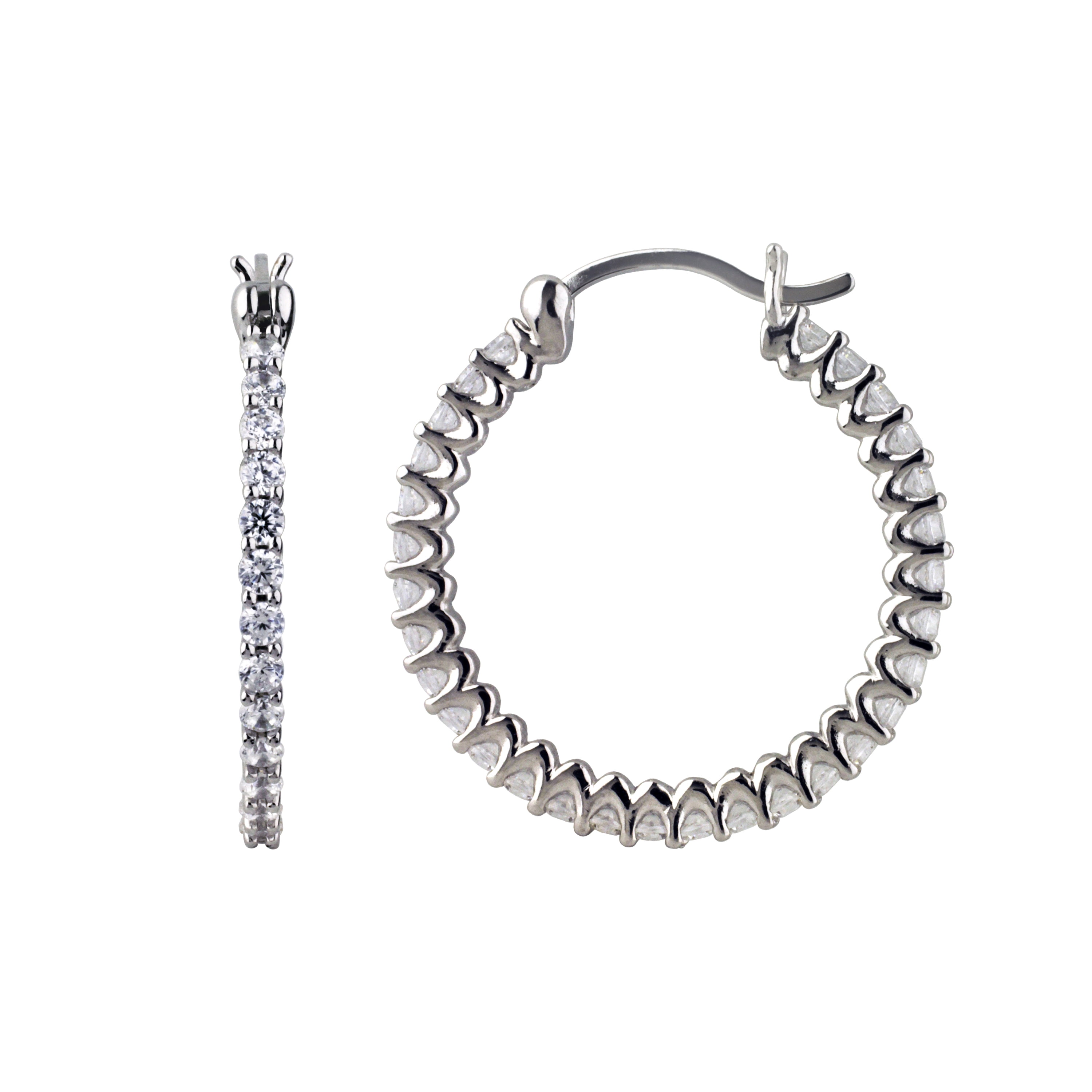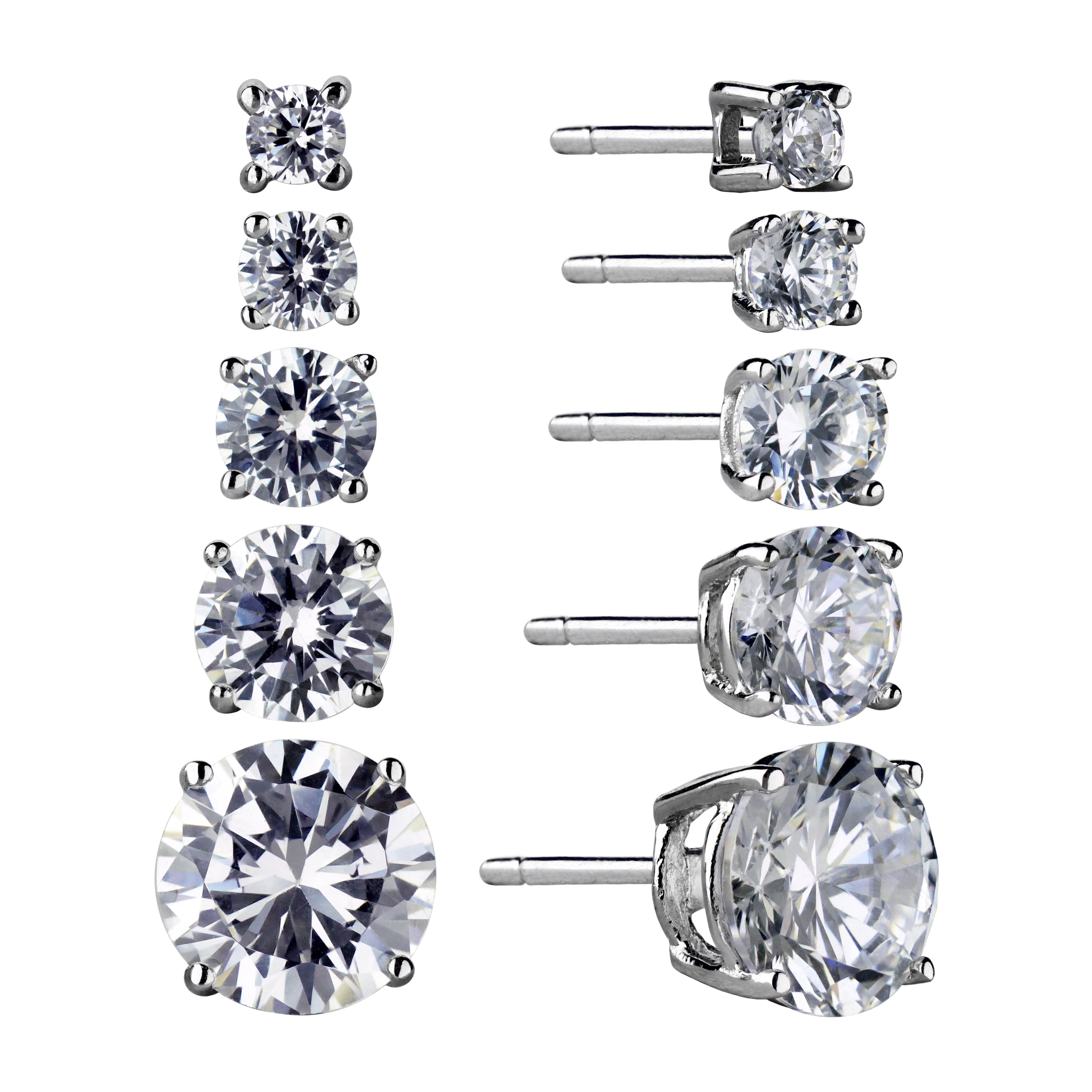
The reflectivity of a diamond refers to the amount and quality of the light reflecting off of the stone. In real diamonds, the light will bounce in many different directions and not a straight line, so you wouldn’t be able to see the dot through a real diamond. Looking through the pointed end of the diamond, see if you can notice the dot or a reflection of the dot. Lay the stone onto the dot with the flat surface facing down.


To test this, place a piece of white paper on a table and draw a small dot on it with a pen. Simulated diamonds do not refract light well. When a diamond does this well and has a radiant sparkle, this is referred to as brilliance. As light strikes the pavilions (the angled surfaces on the lower part of the diamond) it bounces and is refracted through the diamond’s table (the top, flat surface) back to the naked eye. When diamonds sparkle, they are exhibiting their ability to bend and refract light. However, if your diamond doesn’t, that won’t necessarily mean it’s not a diamond, and you should still get it professionally assessed. So if your diamond does, you can feel pretty confident that it is a real diamond. Most diamonds emit a blue-colored glow under UV light, but not all of them. Placing a diamond under UV light and watching the reaction can sometimes be a good indicator of whether a diamond is real or not. If it takes several seconds for the fog to dissipate, the diamond is likely fake. Diamonds conduct heat, so if the stone is real, the fog will dissipate immediately. A light fog will appear on the diamond because of the heat and moisture from your breath. To perform this test, you’ll start by holding the diamond between two fingers and then breathe on it with a puff of air. PT and Plat refer to platinum, and numbers such as 585, 770, 900, and 950 could refer to gold or platinum. Seeing markings like 10K, 14K and 18K are indicators of the gold used. To find the markings, look on the inside of the ring – the part that would sit against your finger. A real diamond is going to be set in high quality metals for its protection and durability. If the diamond is set in a ring, look at the type of setting and mount, and inspect the metal for markings that indicate the type of gold or platinum used. Anything that is set in metal won’t be an accurate assessment since the metal will cause it to sink. For this test, you must use a loose diamond. This has to do with a diamond’s high density. If it floats at the surface or just underneath, it’s likely a fake. If the diamond sinks to the bottom, it’s real.
Brilliance fine jewelry simulated diamond full#
If you have a loose diamond to test, fill a regular glass about ¾ of the way full with water. And it’s important to note that while these tests can give you useful and practical information, only a diamond expert using specialized equipment can provide definitive answers about a diamond being real or fake. However, any of these tests should be done with the greatest care for the diamond. With just a few household items, you can test your diamonds at home to determine their authenticity.


 0 kommentar(er)
0 kommentar(er)
